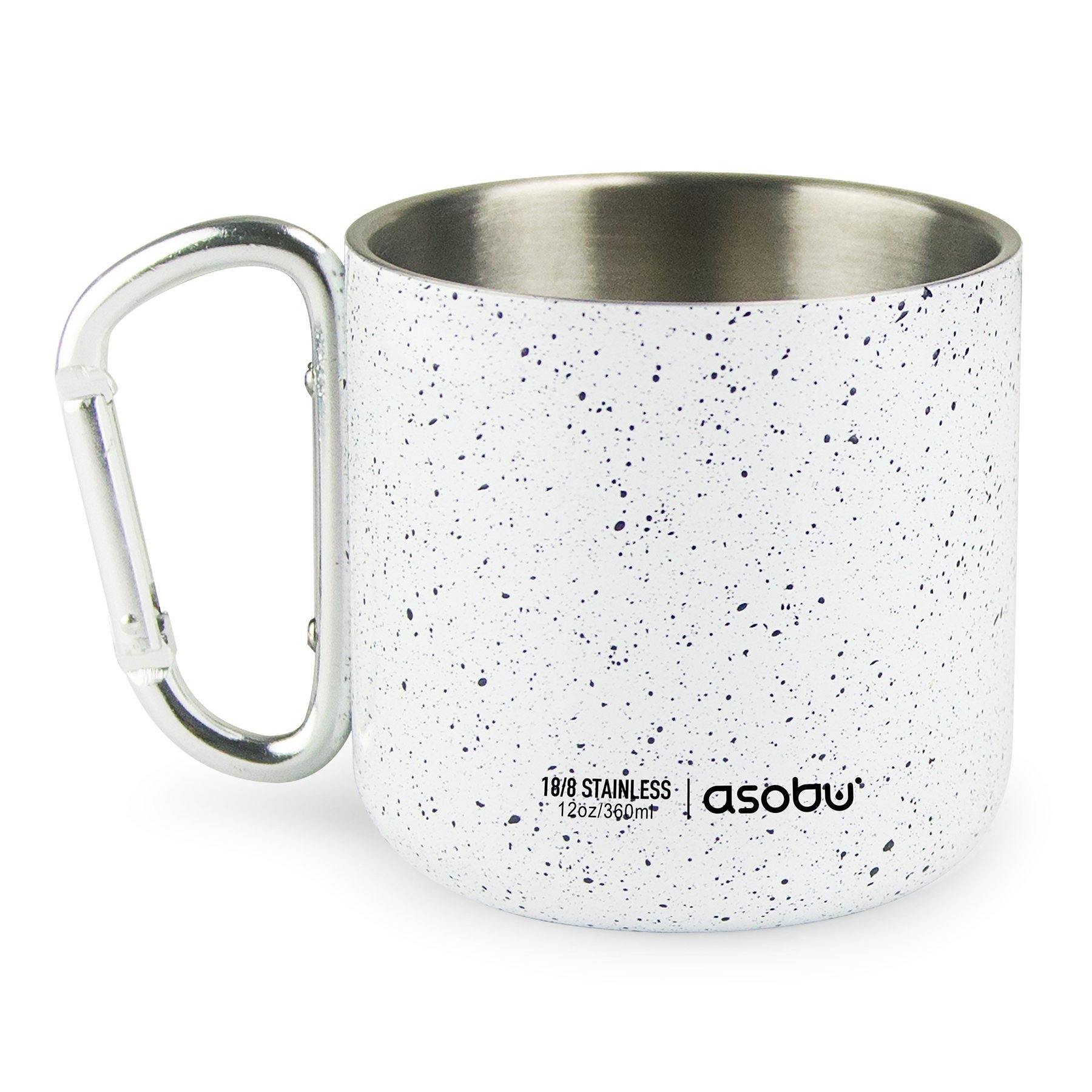Winter hiking in snowy and icy conditions can be both challenging and enjoyable, but it is important to take proper precautions to ensure safety. Here are some tips to help you prepare for a winter hike:
-
Check trailhead status: Before leaving for your hike, make sure the trailhead is open and safe to use. In severe winter conditions, trails may be closed due to landslides or downed trees. Check the park or trail information online before you go.
-
Never hike alone: Hiking with others is always a good idea, especially in remote areas. In dangerous conditions like snow and icy terrain, hiking in groups is strongly recommended. If you must hike alone, let someone know where you are going and bring a GPS tracker, as well as auxiliary navigational equipment like a compass and map.
-
Time your hike with sunrise and sunset: During winter months, the days are shorter, so plan to start your hike early to take advantage of daylight hours. Estimate how much land you can realistically cover in winter conditions and time your hike to avoid the icier, snow-covered conditions of the western side of the mountain. Don't underestimate how long it will take to complete the hike.
-
Pack winter survival essentials: Always pack as if you may have to stay overnight, even if you're only planning a day hike. Be sure to bring enough food and water for a few days, as well as emergency equipment like an ice axe, headlamp or flashlight, spare batteries, hand warmers, a knife, GPS and/or compass, first aid kit, matches/flint and steel, emergency blanket and mat, emergency shelter or bivvy, trekking poles, and sunscreen.
-
Know your surroundings: Be aware of safety concerns such as avalanches, frozen lakes and rivers, and cliff edges. Always hike in the center of the trail, and avoid narrow routes that lead to drops or cliffs.
-
Bring multiple layers of clothing: Weather can change quickly, so bring more layers than you think you'll need. Cover up and protect any exposed skin. A warm face mask, insulated gloves, scarf or neck gaiter, warm hat or beanie, and foot gaiters to keep snow out of your boots are also important. Use a base layer that wicks sweat away, an insulating mid layer, and a shell layer to protect against rain and wind.
-
Keep your feet dry and warm: Bring traction devices like microspikes and crampons to hike on icy or snow-packed terrain. Wear waterproof hiking boots, or apply waterproofing spray to your boots. Use wool socks, which keep your feet warm and don't retain moisture.
-
Check weather conditions: Always check weather conditions before leaving for a winter hike. Postpone the trip if dangerous conditions are expected or if you don't have the right gear. Safety is the most important consideration.

By following these tips, you can help ensure a safe and enjoyable winter hiking experience. Remember to always prioritize safety, bring the necessary equipment, and be prepared for changing weather conditions. With the right preparation and precautions, you can have a great time exploring the snowy winter landscapes on your next hike.









